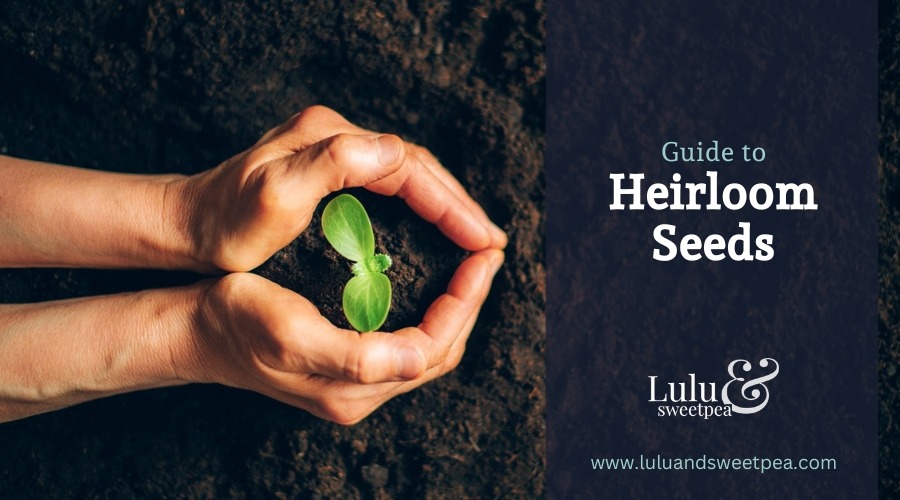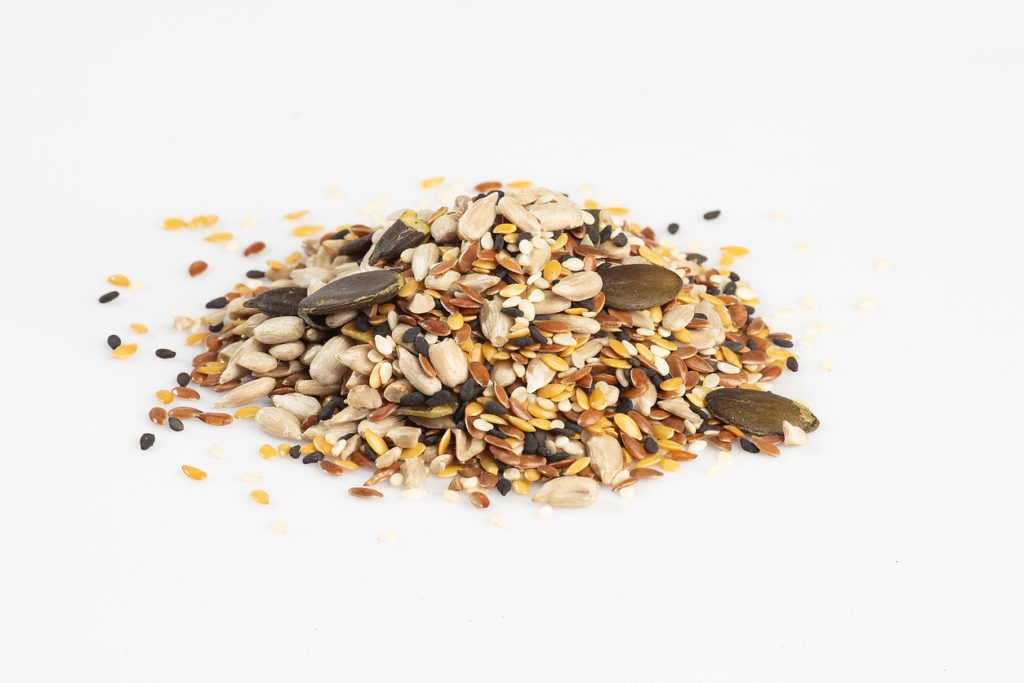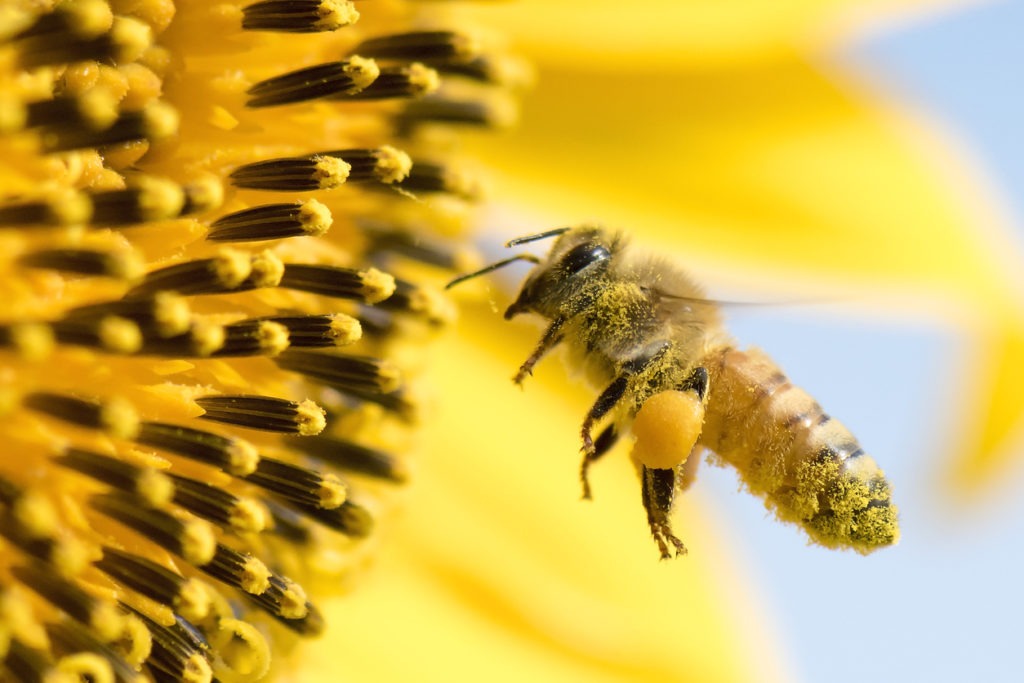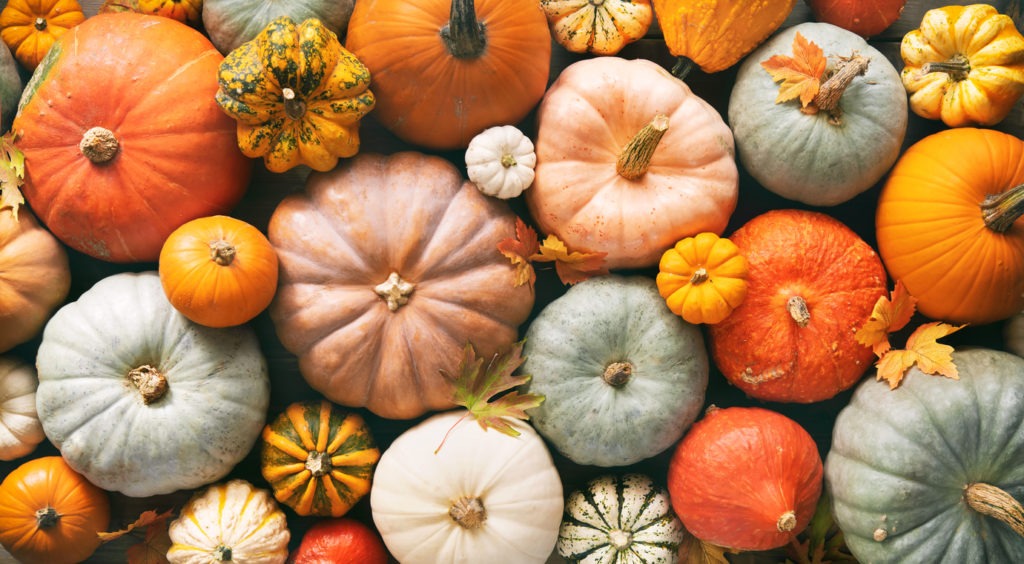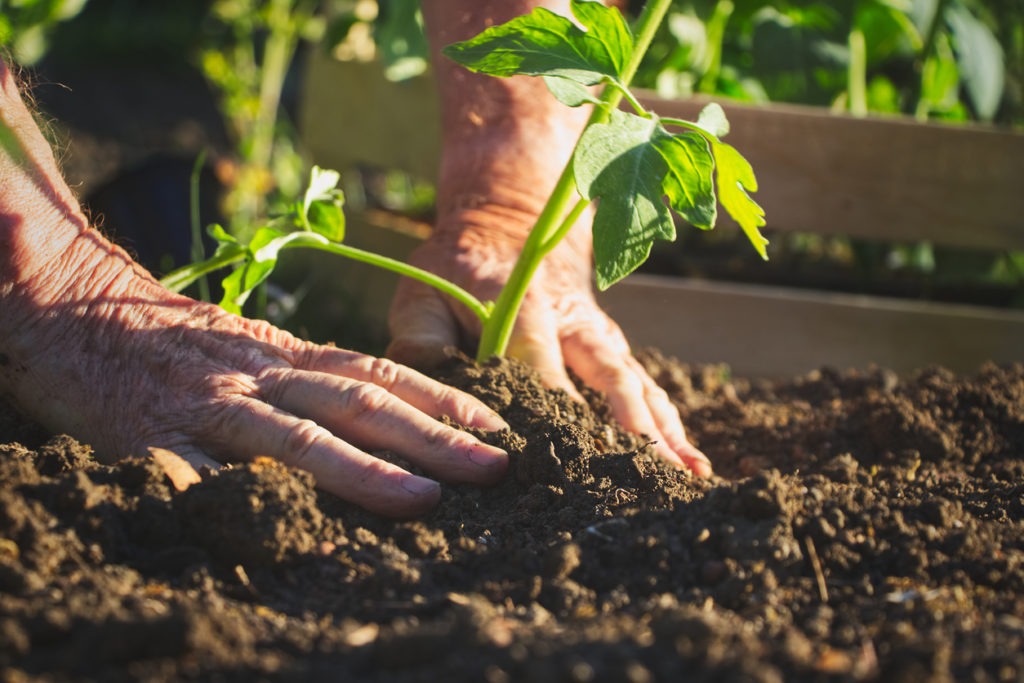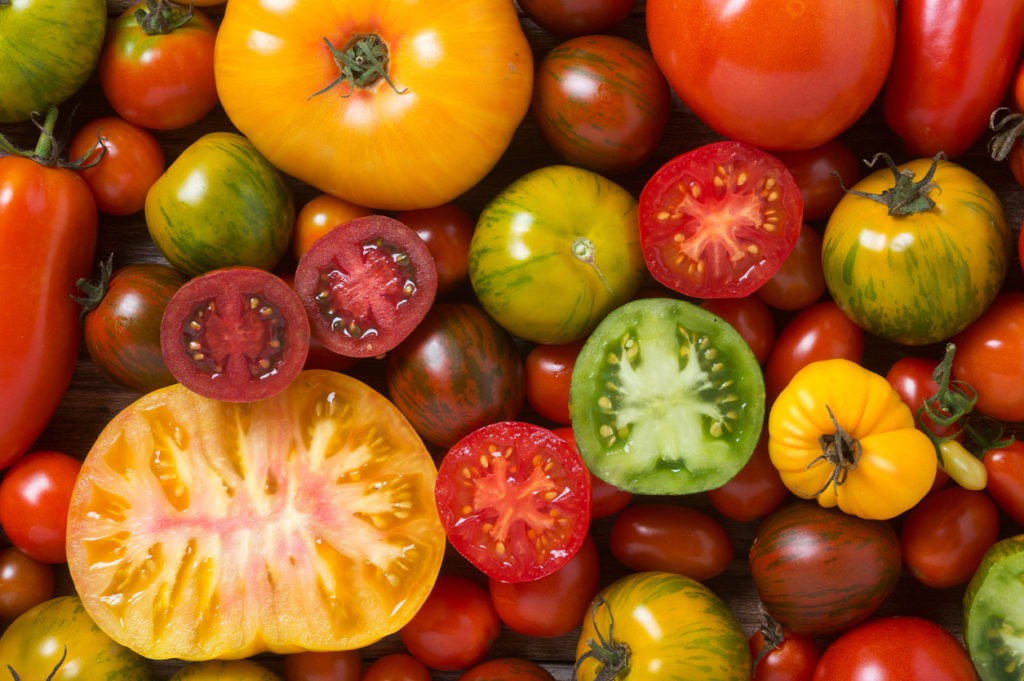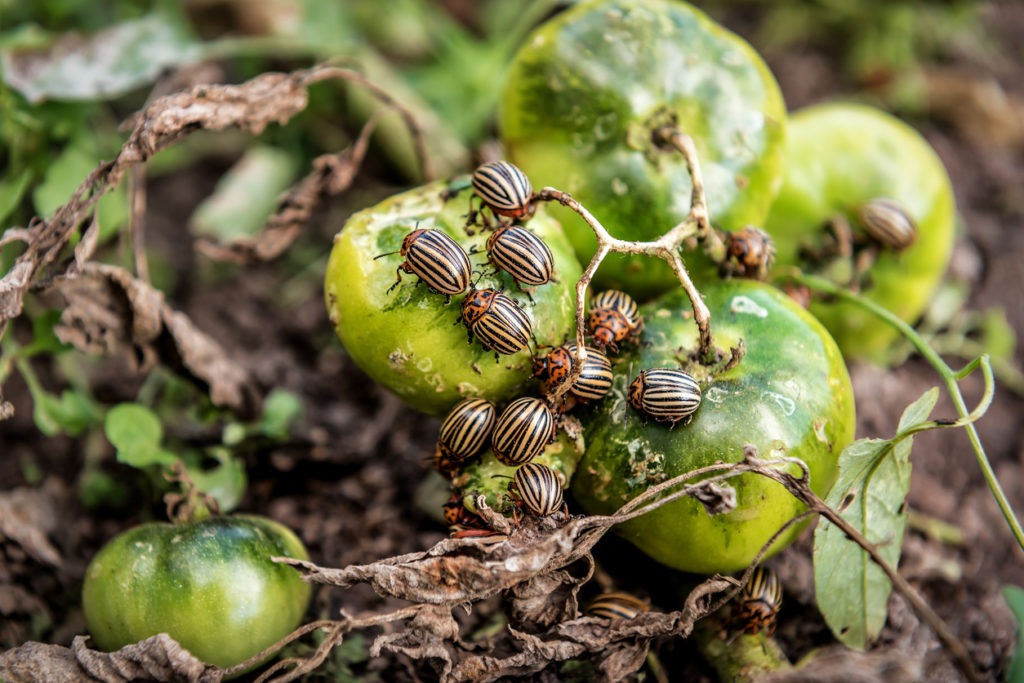If you’re interested in planting vegetables, you might have come across the concept of heirloom seeds. The use of heirloom seeds was once a tradition; now it’s becoming a trend due to the old-fashioned flavor and unique appearance of heirloom produce.
What are Heirloom Seeds?
Heirloom seeds are seeds that have been preserved, used, and passed down through generations. Some sources say that heirloom seeds have to be passed down for at least 50 years, with natural pollination and ‘breed true’ attributes. The latter means that it has to retain traits from its previous generation and so on.
Why Are Heirloom Seeds Preserved?
There is usually a reason why people choose to preserve certain seeds. Some may find that a plant produces particularly delicious tomatoes; saving the seeds to grow more will result in heirloom seeds over time. Or perhaps some seeds might have resulted in a lush harvest one year; the harvesters would preserve the seeds in hopes of getting similar results in the future.
At times, seeds might be preserved simply due to the unique color, size, shape, or other features of the produce/flower they give.
How Do Seeds Qualify as Heirloom?
In order to be called heirloom seeds, the seeds have to be preserved from certain plants every single year for at least 50 years. This crop should be cultivated separately and pollinated only through natural mechanisms, such as:
- The wind carrying pollen and seeds around
- Birds carrying seeds or pollen from one area to another
- Insects such as bees, moths, butterflies, ants wasps, and beetles
The heirloom seeds will be harvested from such open-pollinated plants alone.
About Open Pollination
This brings us to the question of what open pollination actually is. This is a kind of pollination that’s different from the hybridization that usually occurs in a controlled environment.
Here are some facts about hybridization and what it means:
- Pollination is taking place, but one plant’s different varieties are cross-pollinating.
- This is usually a deliberate method, but can also happen naturally in a farm or garden if various varieties of a plant are situated in the same area.
- With cross-pollination, we get a new, genetically different plant with each generation. As a result, its seeds are usually sterile.
- Even if the seeds do sprout and blossom, the result will be unpredictable and quite different from its parent plants.
In contrast, here’s what we may expect with open pollinated seeds:
- With open pollination, we get a ‘true’ plant that’s genetically similar or the same as its parent plants (where the seeds originated)
- The new plant’s weeds will also produce the same plant, genetically speaking, as long as it’s also open-pollinated
- This predictable plant population are where heirloom seeds come from
With heirloom seeds, we can get the same taste and texture as our ancestors got from various fruits and vegetables. The shapes of the produce might not be as neat and regular as what we get at the supermarket, but the taste is usually much more fulfilling.
Why Should We Want to Grow Heirloom Plants?
Gardeners today–whether they’re just growing something for their kitchen or aiming to make a living from it–are now preferring heirloom seeds for various reasons. These reasons may include:
- The richer flavor of produce from the seeds
- The unusual shapes (they’re still useful and the picture might be Instagram-worthy)
- The relatively higher nutritional content of heirloom vegetables and fruits
- The bright and beautiful colors
- The usually larger sizes of heirloom produce as opposed to mainstream options
- Nostalgia for the flavors and experiences of the past
- A wish to carry on the tradition of heirloom gardening
- Preserving old varieties to support agricultural biodiversity and genetic diversity
- Saving heirloom seeds for future use
- Adapting an heirloom variety for greenhouse or gardens.
How Do You Preserve an Heirloom Variety?
If you want to preserve heirloom seeds, you first have to get a predictable plant for some years. There will be some steps to the process; let’s have a look at some of them now:
- The heirloom varieties have to open pollinate each time–this means that they have to be far away from other varieties of the same plant
- Fulfill the specific requirements of your heirloom plants. The healthier they are, the better seeds you will have
- Try to have as many plants as possible. Seed savers might utilize two thirds of their crop for seed alone. Keep this in mind if you’re planning to consume heirloom produce such as beans.
- Take an equal amount of seeds from every plant. This will guarantee that the genetic material stays preserved with a stable cross section.
- If you want to adapt the heirloom variety for your specific garden, you can simply select seeds from the healthiest plants. This is a more relaxed method that can make a strong plant population for your specific environment
- You can also experiment and select preferences while harvesting the seeds in order to make your own heirloom variety.
Advantages of Heirlooms and Heirloom Seeds
If you’re thinking about heirloom gardening, it’s best to consider the potential ups and downs of this process. Here are the advantages that might encourage a gardener to try out heirloom seeds:
1. You can save and use the seeds every year
If you preserve the heirloom seeds properly, they will essentially produce the same plant each time. This goes for whatever you’re planting; fruit, flowers, or vegetables. For non-heirloom varieties, you would have to buy new seeds every time.
2. Encourages self-sufficiency
Those who are trying to live off the grid or save money by growing their own produce will benefit a lot from heirloom seeds. This way, they can grow some of their food instead of having to rely on a supermarket or any other mainstream vendor.
3. Better taste
We’ve already mentioned that heirloom produce usually tastes better than the regular varieties. While this is largely a matter of personal preference, many people who have tried heirloom produce, especially tomatoes, report that it generally has a richer, more intense flavor.
4. A healthier option
Heirloom produce usually also has more nutritional value than their hybrid alternatives. Hybrids are grown with a focus on producing as many vegetables or fruits as possible, which means that each unit has less nutritional value.
For example, the nutrient data from the Official U.S. Department of Agriculture in 2003 showed that broccoli used to contain 12.9 mg of calcium per gram in 1950. By 2003, the more common hybrid broccoli varieties only had 4.4 mg of calcium per gram. It stands to reason that any heirloom broccoli seeds preserved from around 1950 will have the same or similar nutritional content.
5. Encourages a productive hobby
When you get into heirloom gardening, the results can be quite fulfilling. This makes it a great hobby to take up at home. If you don’t have much space, take a look at what you need to start container gardening.
Disadvantages of Heirloom Gardening
Before we start looking for the best supplies to start gardening, we also have to look at the potential downsides of using heirloom seeds. Here are just a few factors to consider:
1. Heirloom produce is more susceptible to pests and diseases
Since heirloom seeds are not bred with a focus on adapting to its environment, it’s more vulnerable to disease and pests. Hybrids are usually more disease resistant. As a result, we have to baby the plants and make sure to keep diseases plus bugs at bay.
2. Heirloom produce is less hardy
A hybrid variety might be bred for resistance to extreme temperatures. Heirloom produce, on the other hand, is more likely to die or get damaged from excessive heat or cold
3. You will get a smaller harvest
Since the plants are less hardy, we are also likely to get less vegetables and fruits from an heirloom plant than a hybrid one. This is also one of the reasons why heirloom produce is more expensive than the regular kind.
How to Save Heirloom Seeds
If you’ve planted anything before, you would know that different plants require different techniques. The same goes for heirloom gardening; some varieties will be more straightforward and easy to save seeds from than others. Let’s have a look at a few examples of seed saving from heirloom products:
1. Tomatoes
Once the fruit is completely ripe, pick it and slice it up. Remove the seeds with a bit of the pulp and put them in a glass jar. After a couple of days, the seeds will get a fermented coating. Spray these with water; enough so that the seeds are immersed in the liquid. The viable seeds will stay at the bottom while the dead seeds will float. Throw the dead seed and the water away; put the viable seeds to dry on a paper towel.
2. Cucumber
Repeat the same process as with the tomato plant. Pick the healthiest cucumber from the best plant, but not before it’s completely ripe. The runs should have begun to harden up and turn yellow.
3. Beans
Let the seeds mature completely and then uproot the whole plant during the morning. Put it to dry in the shade and prevent it from moisture. When it’s all dried up, empty the pods of the seeds.
The dried seeds should be refrigerated and used as needed. They should stay good for a minimum of 4 years.
Conclusion
Overall heirloom seed harvesting is something that requires time, care, and genuine interest. Planting these seeds will help to preserve history as well as the nutritional profiles of several plant varieties. You can also save money with this eco-friendly hobby and eventually have a self-sufficient gardening setup.
If you think you have a green thumb, why not start planting heirloom seeds this season? Select your favorite fruit or vegetable and try to find heirloom seeds for it in your area. Here are some tips for gardening with young children if you have the kids to help out!
